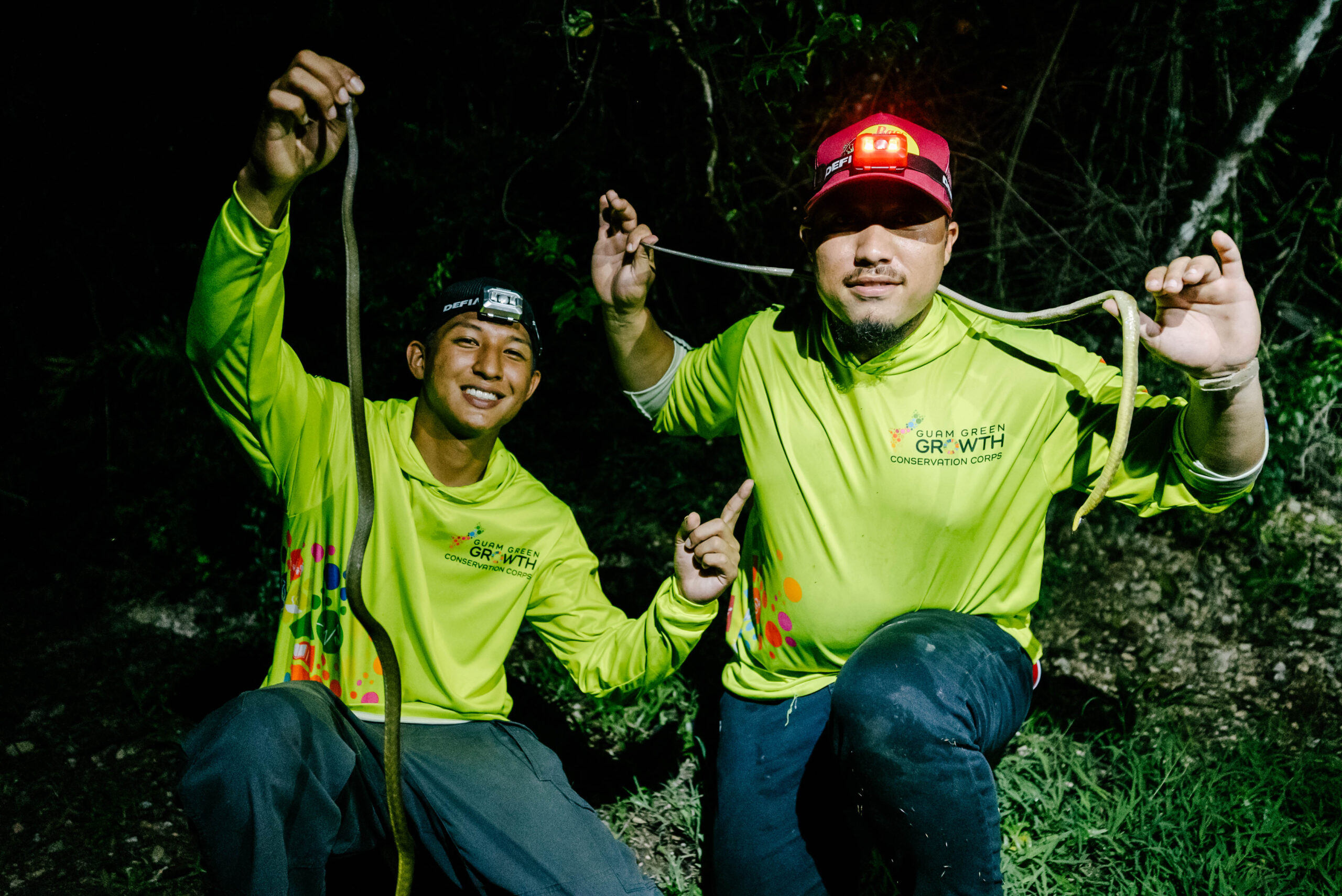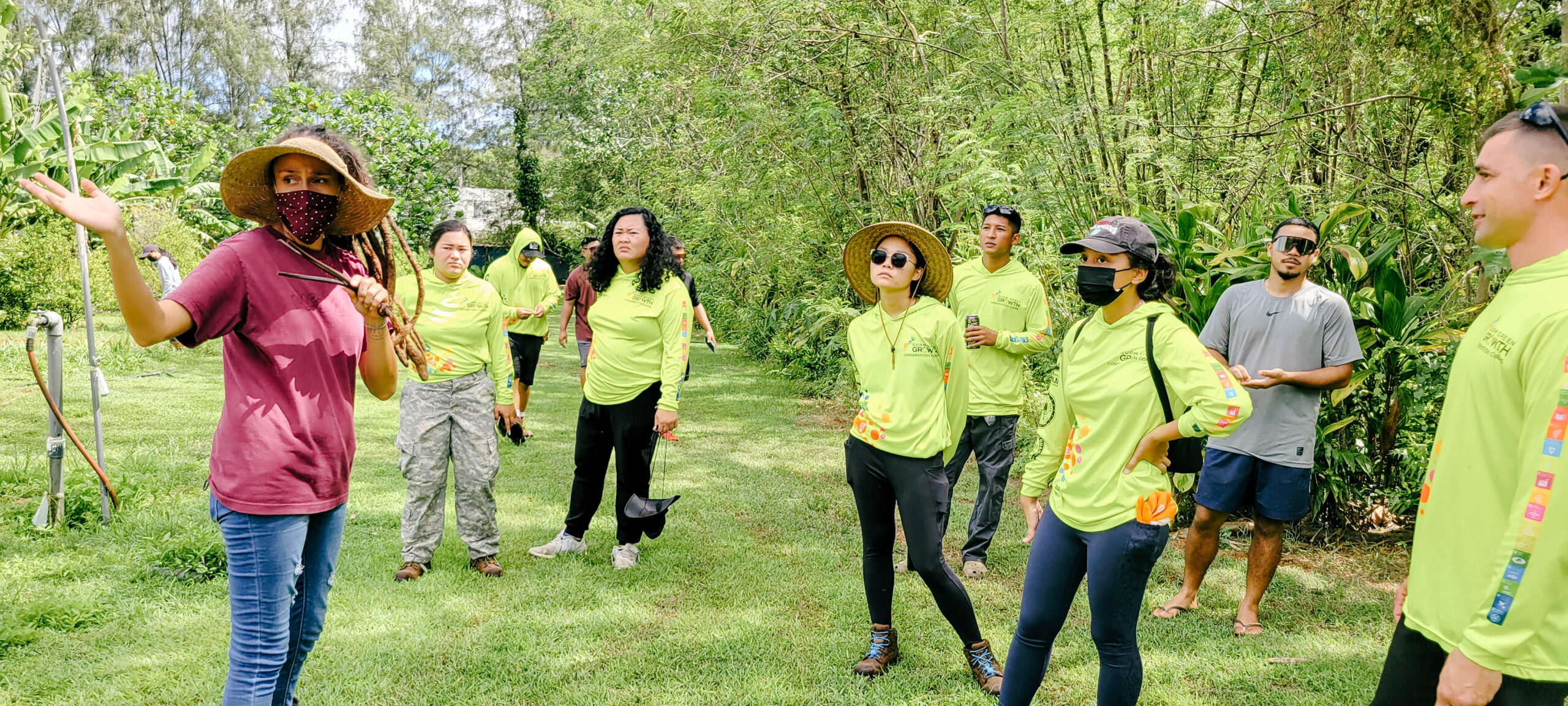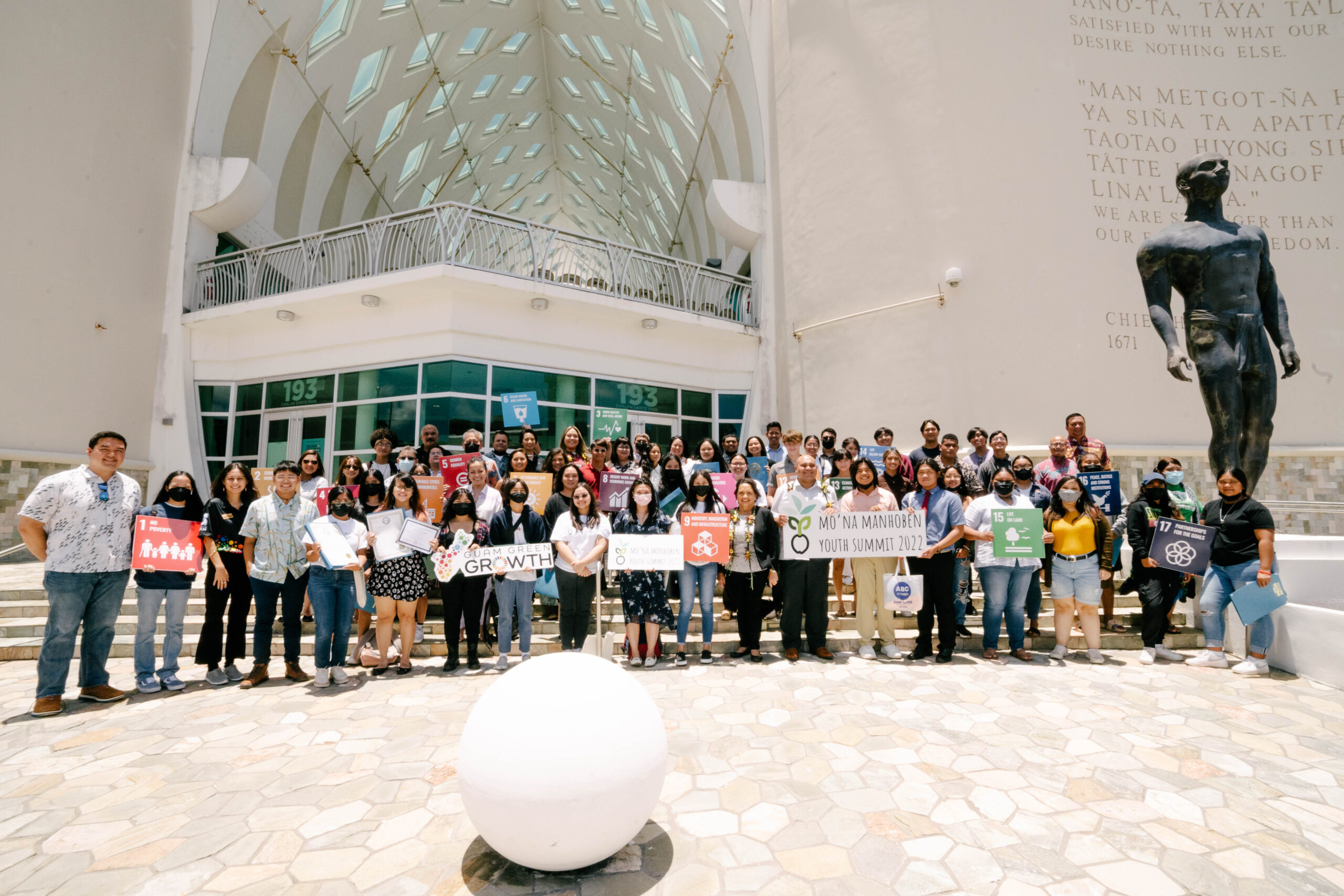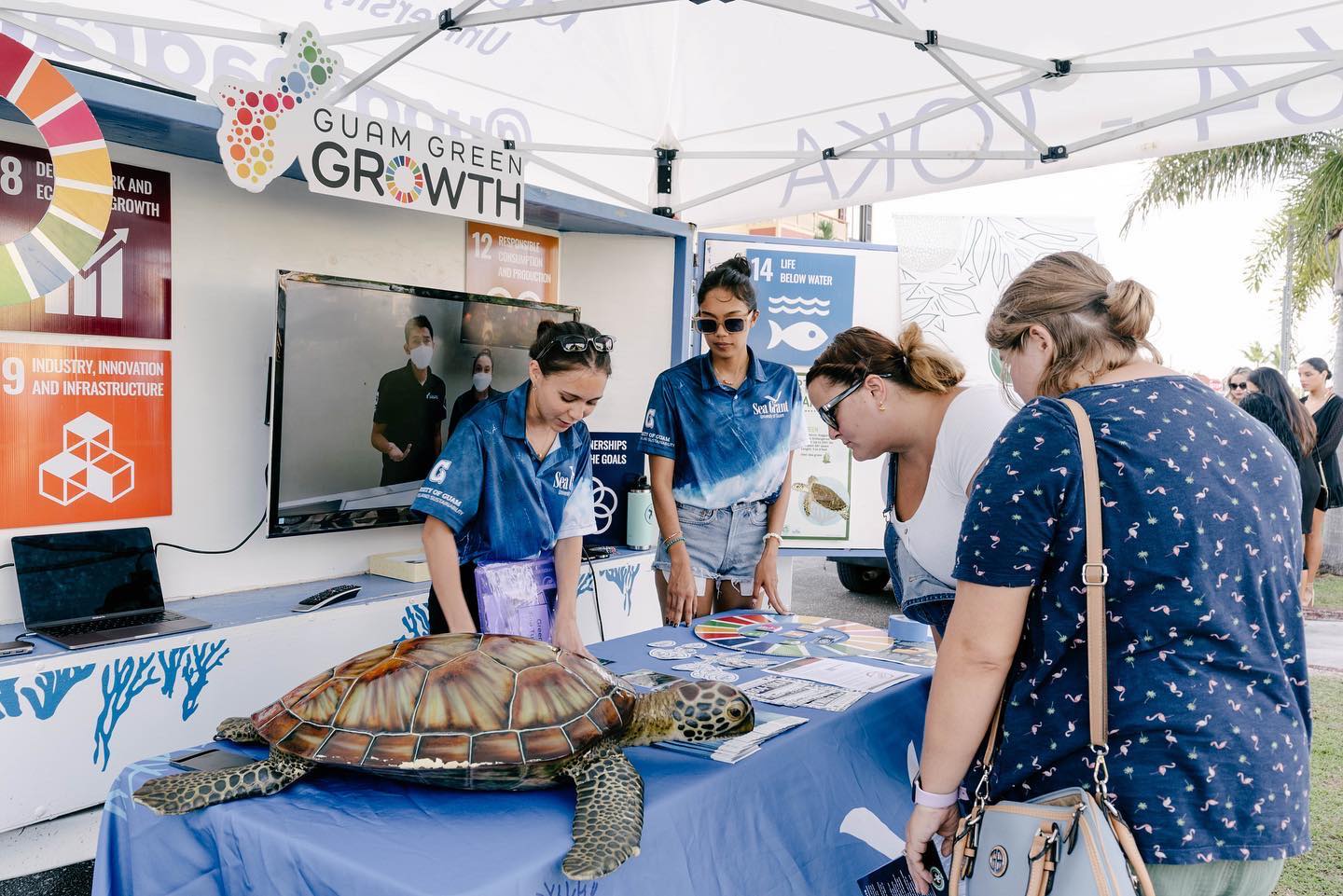Uncategorized
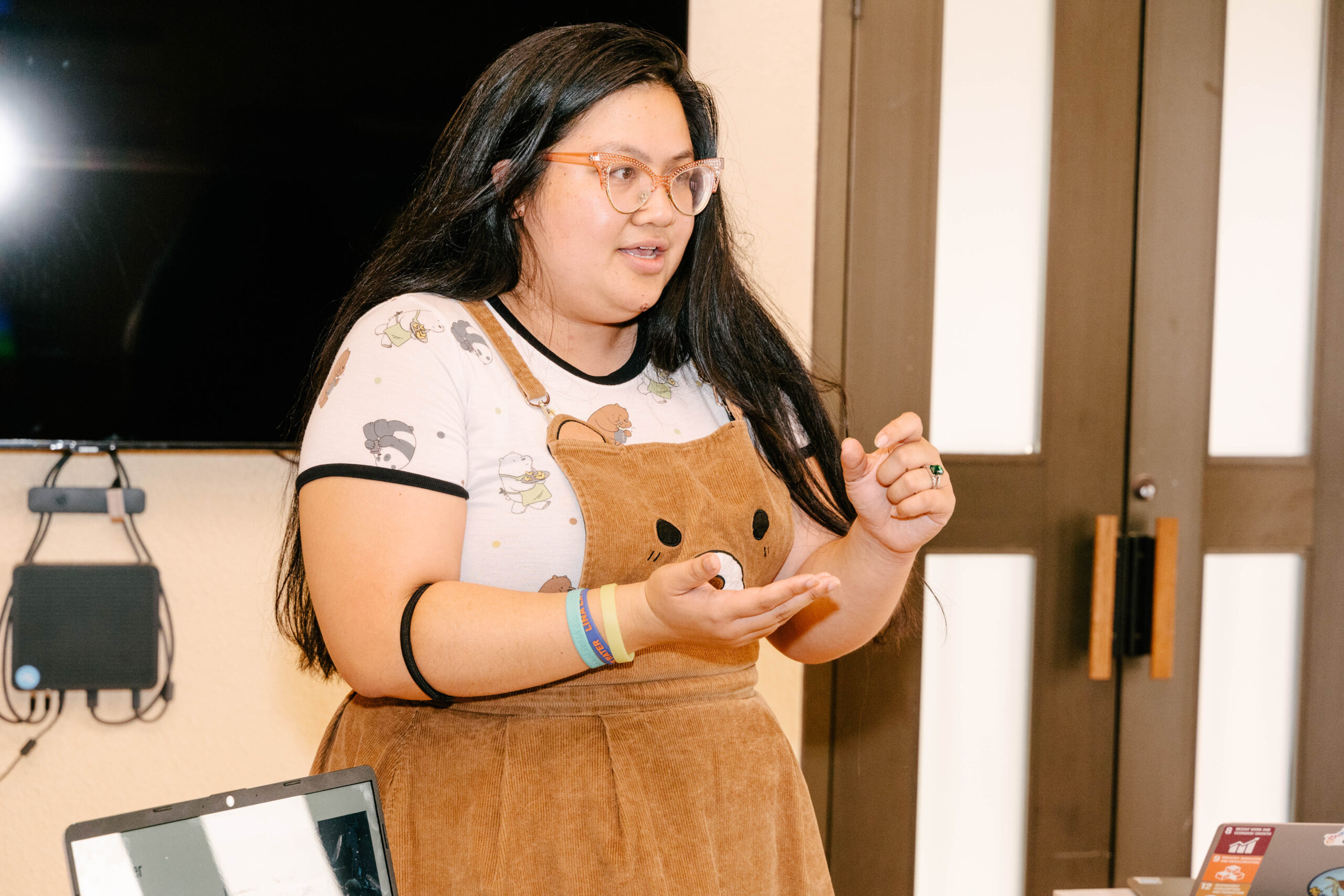

The Guam Green Growth (G3) Makerspace welcomed Jean Marie Munson, a Guam-raised publisher, cartoonist, podcaster, and educator as a facilitator of one of its latest workshops, the first in their recently launched “Seedtalk Sessions” series offered at the facility’s innovation hub in CHamoru Village on June 29, 2022.
Munson is a founding member of Plot Twist Publishing, a Nevada-based publishing house that specializes in comics. She is also a professor at the University of Nevada, Las Vegas.
Inspired by cartoons and comics such as Sailor Moon, Archie, and Peanuts, Munson developed an art style that reflected her identity and desire for diversity within media.
“What influences my art style is women empowerment, body positivity, and a lot of feminist themes,” said Munson. “I always have a sort of homage to Guam. In my dedications and branding, I would say that I’m from an island because I want people to know that great literature and art can come from a non-U.S. place.”
During a presentation at the G3 innovation hub, Munson talked about her journey creating a sustainable art career. After, she facilitated a workshop in which she taught and encouraged participants to tell their own stories in a short format.
Munson’s workshop is a part of a series of developmental opportunities provided by the G3 Makerspace in which industry professionals interact with island community members to stimulate creativity and encourage local entrepreneurship.
“The island has done a lot for me as a human being. Giving back is non-negotiable for me,” said Munson. “I want to spend this part of my life paying it forward and I really want to be part of the larger driving force that claims Guam as a creative hub and a place of innovation.”




